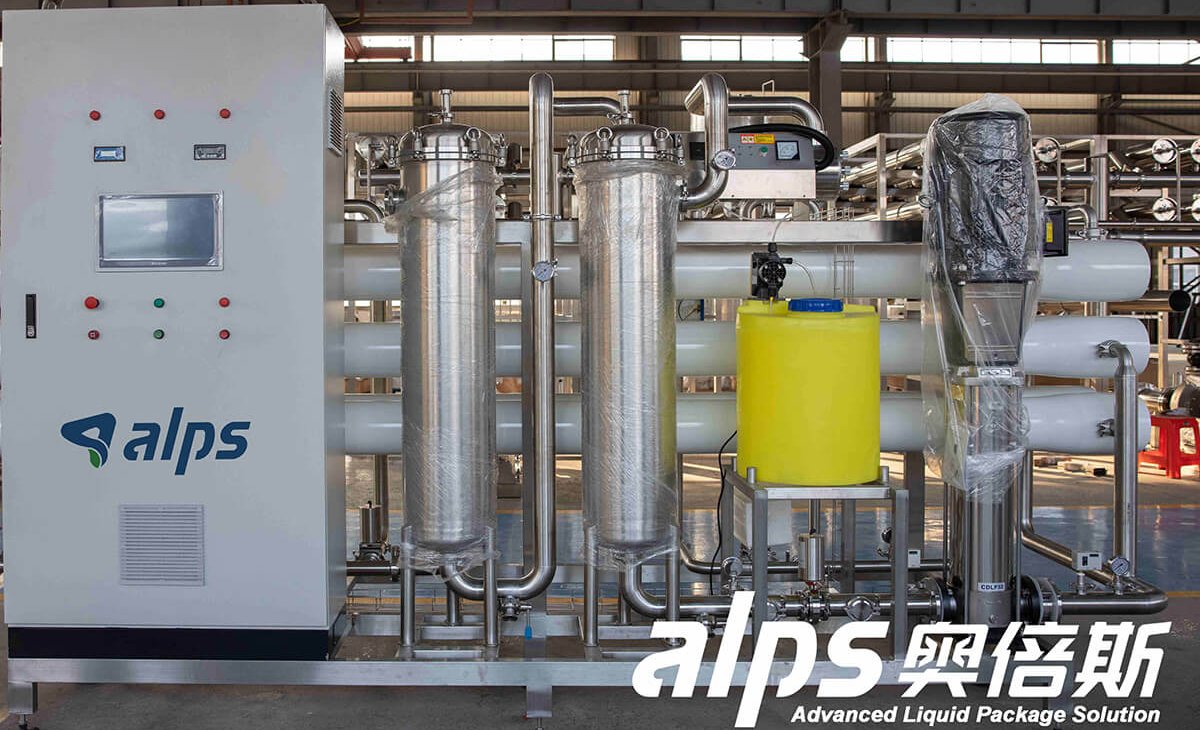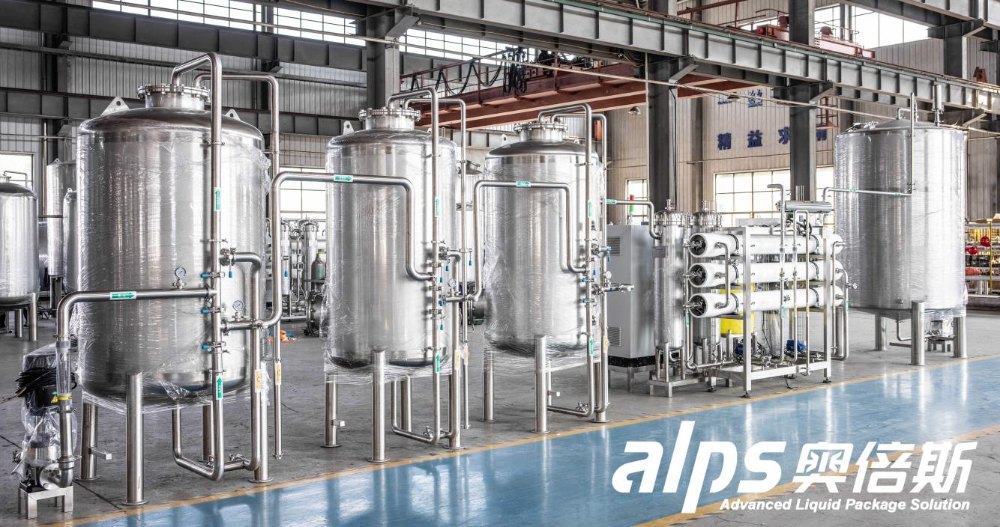Advanced Liquid Package Solution
Hygiene is one of the most critical aspects of bottled mineral water production. Consumers demand not only purity in taste but also safety in every drop. In response to increasing public health standards and regulations, mineral water producers must meet strict sanitation requirements set by global authorities such as the U.S. Food and Drug Administration (FDA) and the International Organization for Standardization (ISO).
To meet these standards, many manufacturers are transitioning from traditional bottling lines to advanced combiblock systems. These systems integrate bottle blowing, filling, and capping into a single, enclosed unit, offering a superior level of hygiene, sterilization, and efficiency. This article explores how combiblock lines are designed to uphold the highest sanitary conditions, ensuring compliance with FDA and ISO standards.

Conventional water bottling systems typically involve separate machines for each process—bottle forming, filling, and capping. These machines are connected via conveyors, where bottles are exposed to ambient air and manual handling, increasing the risk of contamination at multiple points.
Additional challenges include:
Open-air transfer of bottles between processes.
More frequent human intervention.
Difficult and time-consuming cleaning procedures.
Higher chances of microbial growth due to extended equipment downtime and complex piping systems.
These limitations not only pose health risks but also make it more difficult for manufacturers to meet stringent regulatory standards consistently.
Combiblock lines are engineered specifically to mitigate the contamination risks inherent in traditional bottling lines. By integrating blow molding, filling, and capping into a single compact system, combiblock lines offer a closed-loop process that dramatically reduces exposure to environmental contaminants.
Key advantages include:
Minimal human contact: The entire process is automated, eliminating the need for manual intervention.
Closed environment: Bottles remain within an enclosed chamber from the moment they are formed until they are sealed.
Shorter transfer paths: Reduces the risk of contamination between process stages.
Reduced surface area exposure: Limits airborne particles and microbiological ingress.
Maintaining sterile conditions is critical for bottled mineral water. Combiblock systems are equipped with multiple layers of sterilization technologies at various stages:
Preforms are treated before entering the blow molding station:
Chemical sterilization: Hydrogen peroxide (H₂O₂) or ozone gas is used to kill microbes on the surface of preforms.
UV sterilization: Some systems employ UV-C light or pulsed light technology for rapid, chemical-free disinfection.

The filling chamber is designed to mimic cleanroom conditions:
HEPA-filtered laminar flow: Delivers ultra-clean air over the filling zone to prevent airborne contamination.
Positive pressure zones: Maintain sterile air pressure that prevents entry of contaminated air.
Contactless filling valves: Avoid physical contact with the bottle mouth, minimizing contamination risk.
Caps are often overlooked in sanitation strategies, but combiblock systems treat them with the same level of rigor:
Cap sterilization tunnels: Spray caps with sterilizing agents like peroxide solution.
UV cap sterilization: Ensures that every cap is microbe-free before being applied.
Combiblock filling lines are built to support automated CIP and SIP procedures:
CIP systems: Circulate hot water or chemical sanitizers through internal piping, filling valves, and tanks to clean surfaces without disassembly.
SIP systems: Use high-temperature steam or chemical sterilants to ensure all equipment surfaces are free from microbial contamination before production starts.
Automated CIP/SIP cycles reduce the time and labor required for cleaning, enhance consistency, and enable frequent sanitation routines without interrupting production schedules.
To meet regulatory requirements, combiblock lines are equipped with advanced monitoring systems that continuously track and document hygiene parameters:
Temperature and pressure sensors to verify sterilization conditions during CIP/SIP.
Flowmeters and dosing units for accurate chemical application.
Data logging systems to maintain traceability and generate audit trails required by ISO 22000 and FDA regulations.
Additionally, combiblock systems help fulfill:
FDA CFR Title 21 Part 129 (Processing and Bottling of Bottled Drinking Water)
ISO 22000: Food safety management system covering the entire supply chain.
HACCP compliance: By incorporating critical control points into the combiblock’s automated workflow.
Even the most advanced combiblock systems require well-trained personnel to ensure optimal performance and compliance:
Operator training programs: Focus on hygiene best practices, equipment handling, and emergency sanitation procedures.
Sanitation SOPs: Standardized operating procedures for cleaning, inspections, and documentation.
Audit preparedness: Training staff to respond to regulatory audits and maintain compliance documentation.
Manufacturers often collaborate with equipment suppliers to conduct on-site training, simulate emergency scenarios, and update SOPs in line with evolving standards.
Combiblock technology represents the gold standard in hygiene and sterilization for mineral water production. By integrating the blowing, filling, and capping processes into a fully enclosed, sterile environment, these systems significantly reduce contamination risks and simplify regulatory compliance. From UV and peroxide sterilization to automated CIP/SIP and HEPA-filtered environments, combiblock lines are engineered with sanitation at their core.
For mineral water manufacturers looking to meet stringent FDA/ISO standards while maximizing productivity, adopting a combiblock system is not just a smart investment—it’s a necessary step toward a cleaner, safer, and more efficient bottling operation.

By continuing to use the site you agree to our privacy policy Terms and Conditions.